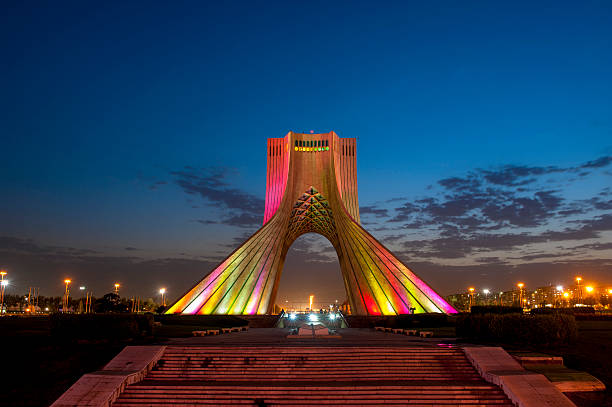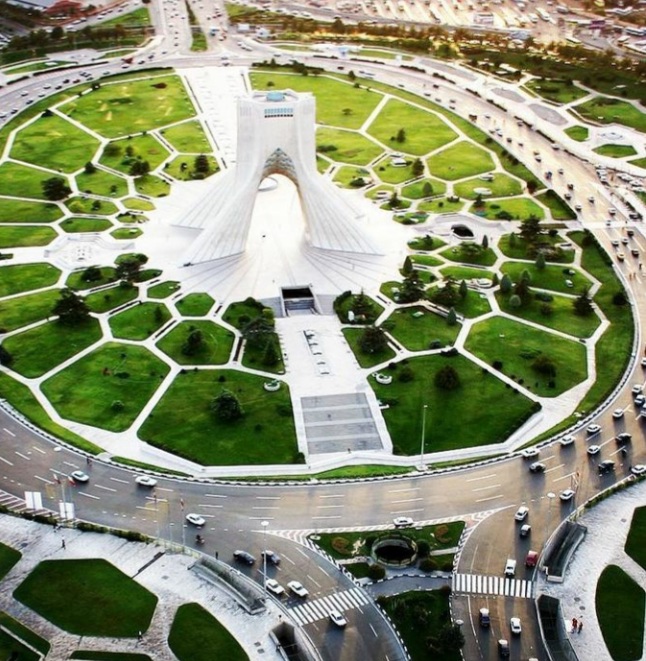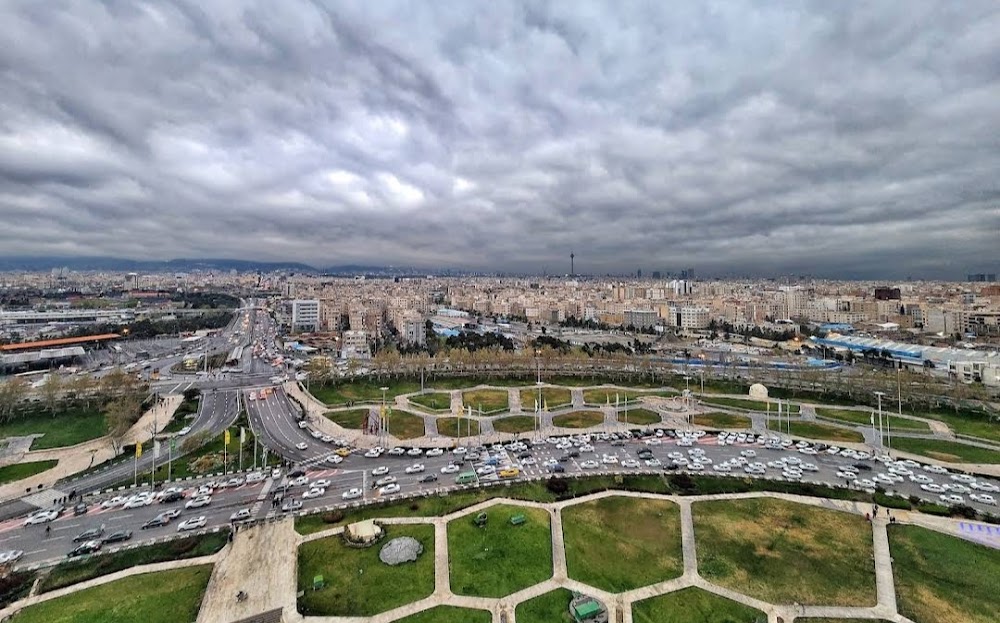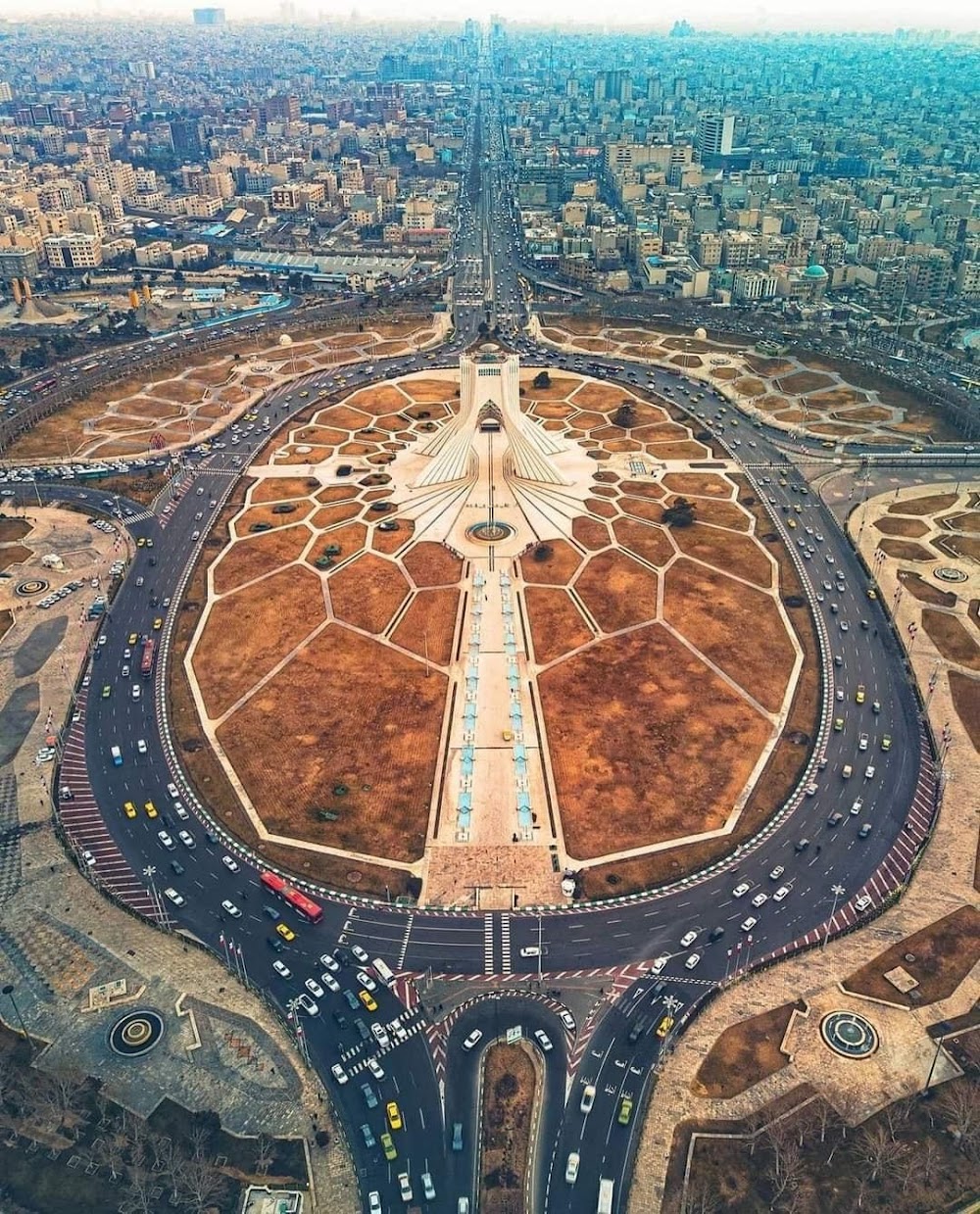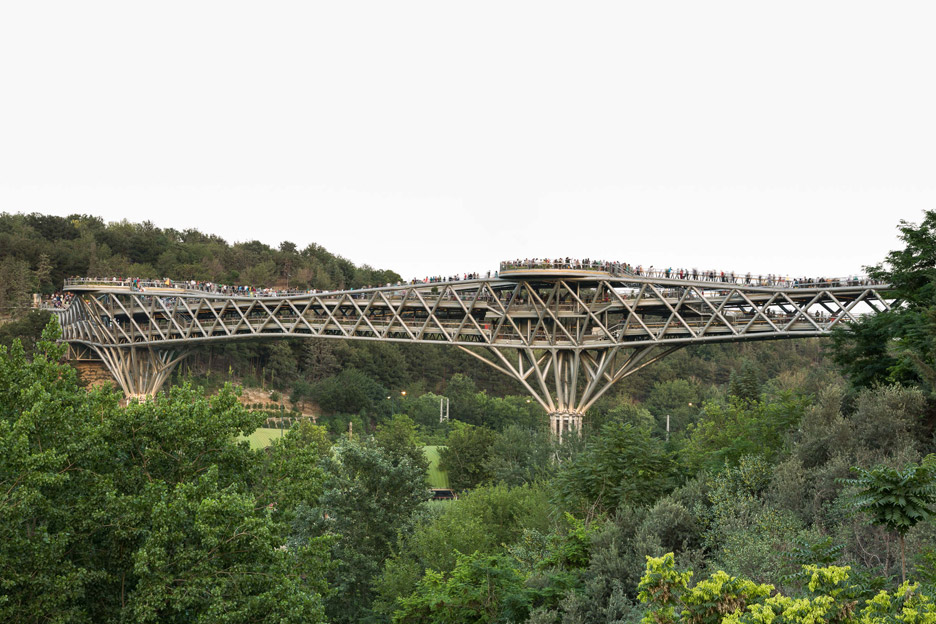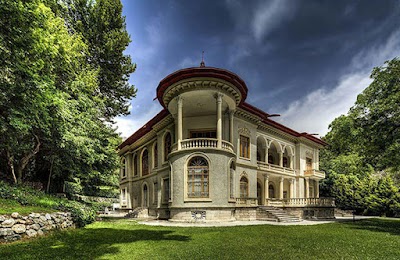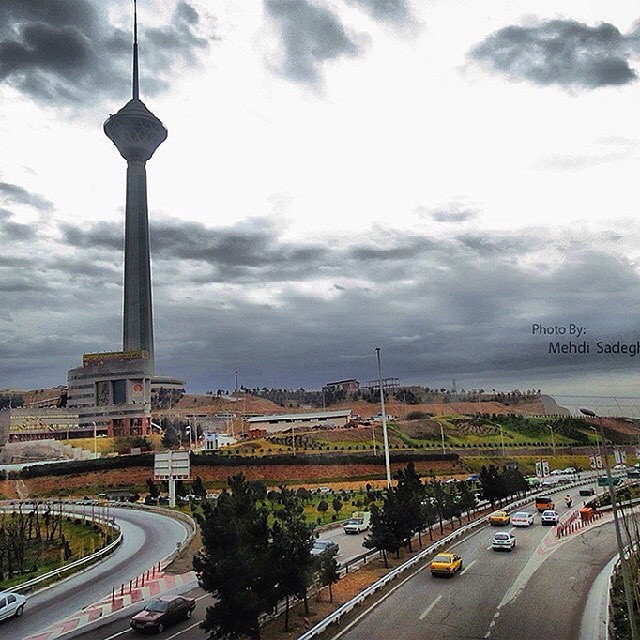Azadi Tower (برج آزادی)
Related Places
Overview
Azadi Tower: A Symbol of Iran's Heritage and Aspirations
Azadi Tower stands proudly in Tehran, Iran, as a testament to the nation's rich history and its enduring aspirations for freedom. Originally constructed to commemorate the 2,500th anniversary of the Persian Empire, this architectural marvel has become one of Tehran's most iconic landmarks, inviting curiosity and admiration from both locals and visitors alike.
The Vision Behind the Tower
The story of Azadi Tower began in 1966 when Mohammad Reza Pahlavi, the Shah of Iran, envisioned a monument that would honor Iran's illustrious past while reflecting its modern ambitions. To turn this vision into reality, a design competition was held, which was won by Hossein Amanat, a young Iranian-Canadian architect. His design creatively merged elements of pre-Islamic architecture with contemporary aesthetics, setting the stage for a remarkable structure.
Construction and Design
Construction of the tower commenced in 1969 and was completed in 1971, showcasing an enormous engineering endeavor that highlighted the skills and commitment of all involved. The tower rises to 45 meters and is adorned with exquisite white marble sourced from the Esfahan region, renowned for its high-quality stone. Each block of marble was meticulously cut, shaped, and polished to ensure both visual and structural integrity.
Architectural Inspiration
The design of Azadi Tower draws inspiration from various historical styles. Its form resembles the gateway at Persepolis, while the arches reflect Sassanid and Islamic architectural influences. The intricate patterns and detailed craftsmanship serve as a hallmark of traditional Persian art, making the tower not just a building, but a narrative of culture and history.
A Blend of Tradition and Modernity
The construction process employed both modern technology and traditional craftsmanship. Workers utilized cranes and machinery to maneuver and install the large marble blocks, while skilled artisans brought their expertise in masonry and tilework to life, creating the detailed designs that adorn the tower. This fusion of old and new techniques resulted in a structure that is both structurally sound and rich in cultural symbolism.
The Museum Beneath
Beneath the tower lies an underground museum that offers visitors a glimpse into Iran's history, culture, and aspirations. The museum features a variety of exhibitions, including artifacts from ancient Persia, detailed models of historic structures, and multimedia displays that narrate the country's long and storied past. This thoughtfully curated space enhances the visitor experience, connecting Iran's ancient heritage with its modern identity.
A Focal Point of Change
Over the decades, Azadi Tower has witnessed numerous significant events, becoming a focal point for both celebrations and protests. It embodies the spirit of resilience and freedom that resonates within Iranian society. Following the Iranian Revolution of 1979, the tower was renamed from "Shahyad Tower" to "Azadi Tower," with "azadi" meaning "freedom" in Persian. This name change reflects the evolving social and political landscape of the nation.
A Living Landmark
Today, Azadi Tower remains a beloved site for both locals and tourists, surrounded by Azadi Square—a spacious area often used for public gatherings. Its illuminated presence at night adds to the beauty of Tehran's skyline, symbolizing hope and aspiration for generations to come.
Conclusion: A Timeless Emblem
The story of Azadi Tower is one of collaboration, cultural pride, and visionary ambition. Its creation brought together craftsmen, engineers, and architects, transcending the political and social intentions of its time to become a timeless emblem of Iran's enduring legacy and future. Whether you're visiting for its architectural beauty or its rich history, Azadi Tower promises an unforgettable experience that captures the heart of Iran.


